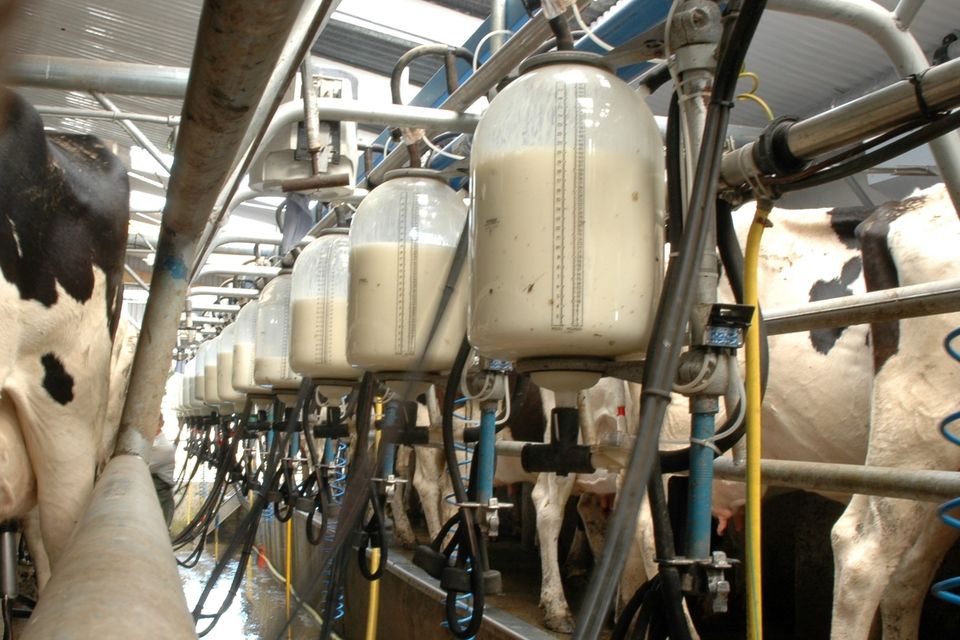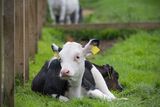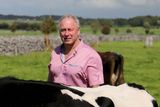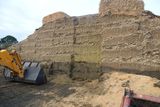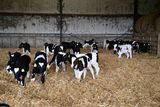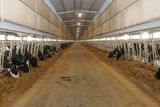EU dairy herd and milk supplies to fall, but Irish levels to remain stable
The main losses in milk supply are expected to be largely concentrated in Germany, the Netherlands, Denmark and Belgium. Photo: Stock image
Ireland will be one of the few countries in Europe that will see stabilisation of its milk supply, as Europe’s dairy herds and milk supply are set to fall between now and 2035.
EU and UK milk production is showing signs of a structural decline, with production growth at a standstill since 2020, according to Richard Scheper, Dairy Analyst with Rabobank.
He told a recent Bord Bia conference on dairy markets that the total EU dairy herd is expected to decline by 3.7 million head (1.6pc annually) by 2035.
However, Ireland’s milk production, he said, will stabilise around the current nine million tonnes, with the main losses in milk supply expected to be largely concentrated in Germany, the Netherlands, Denmark and Belgium.
Water quality and biodiversity arguably have the largest current and near-term impact on milk volumes, he said.
“Ultimately, regulations with regard to water quality and biodiversity point towards a smaller dairy herd, while productivity and efficiency gains will likely level off as the focus on extensification increases,” he said.
Read more
Uncertainty around EU policy, margins and labour issues are all impacting production, he said, with improved margins solely needed at the farm gate.
The decline in milk volumes of 7.2 million tonnes in north west Europe will, he said, nearly erase all growth since 2010. Dairy companies will be looking to add value to compensate for loses in revenue, higher costs at farm and factory gates.
Strategies are increasingly centred around (protein) ingredients, (branded) consumer products, cheese and the domestic EU and UK markets.
This will also mean more milk going into cheese and whey, while a loss of competitiveness in exports may cause a sharp drop in the production of condensed milk, WMP and SMP.
Further, he said, this will require a consolidation and rebalancing of processing capacity.
With EU and UK milk production growth at a standstill since 2020, production has fallen by 1.8pc in France and 0.3pc in Germany, while growth has been centred around north-west Europe in countries such as Ireland and Poland.
The region accounts for 39pc of total milk supply growth since 2010, with milk volume growth largely driven by efficiency gains, except for Ireland where the removal of milk quotas was the main catalyst for growth.
Increased yields per cow were significant in Poland, while Irish yield per cow has increased at a much slower rate, but the growth in herd size in Ireland has been more pronounced than other EU countries.
